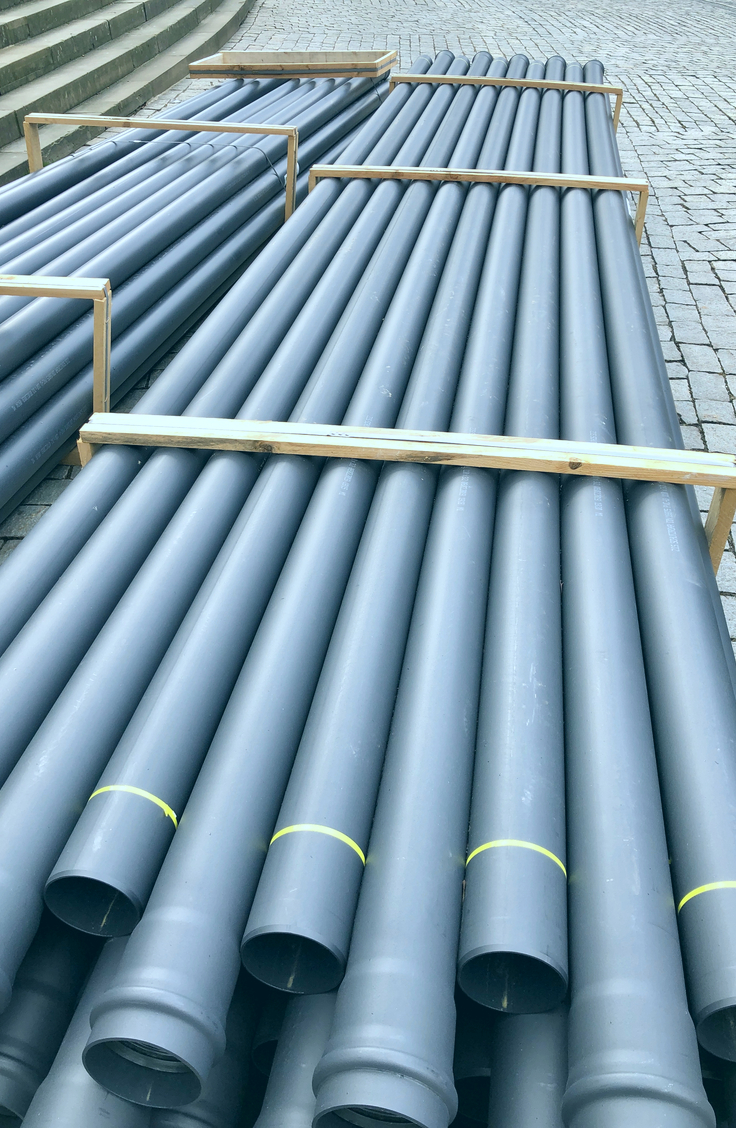Understanding Overlength Surcharge in LTL Shipping
Overlength surcharge is a source of frustration or profit depending on your perspective as a shipper or carrier. Understanding when and why carriers surcharge for overlength can reduce surprise charges.
What is a freight surcharge?
A surcharge is a fee added into a transportation rate to offset additional handling charges that are too complicated or dynamic to build into standardized rates.
The most common example of a surcharge is fuel surcharge. Since fuel varies from week to week and can vary a lot over time, all carriers build their rates with some “base fuel cost” assumption and then layer on a fuel surcharge that varies from week to week as fuel prices vary.
Why is an overlength piece surcharged?
Determining the price an LTL carrier charges starts with understanding their cost because they will always strive to charge you more than it costs them. After all, that’s how they make a profit!
So each carrier builds their rates with certain assumptions about what the ideal freight profile for their network will be. That freight profile will let them maximize the amount of freight in each trailer at all times. You can probably visualize how easily a bunch of 48”x48”x48” cubes would fit very nicely and easily into a trailer. It would be easy to load and unload, require uniform handling equipment, stack easily, and fit together perfectly. But most freight is not a nice, consistent 48x48x48. Instead, you might find yourself shipping something that is 240”x36”x24”. This piece will not fit easily with other freight, may force the carrier to turn away or delay some other freight and will certainly need special handling to load, transfer at cross-docks, and unload at the consignee.
When does Overlength Surcharge apply?
When overlength surcharge applies is addressed in the carrier’s tariff, which means each LTL carrier can have different rules and charges related to overlength. And each carrier can set those rules specific to each of their shipper customers.
In general, overlength surcharges do not begin to apply until a single piece of your shipment reaches 96”.
An example…
Assume you are shipping a skid of your product that is 120”x48”x48” and you understand that an overlength surcharge may apply. In your operation you typically use three carriers so you check your tariffs and find the following:
Carrier A Surcharges $25 at 97”, $50 at 120” and won’t accept if >144”
Carrier B Surcharges $100 at 97” and won’t accept if >120”
Carrier C Surcharges $200 at 120” and won’t accept if > 180”
With this you are able to calculate an apples-to-apples comparison between your carrier’s rates.
3 Strategies to Manage Overlength Surcharges
- Leverage your Transportation Management System (TMS). Let your TMS do the heavy-lifting. Client’s utilizing our free Connect TMS merely select “overlength” when shipping something 96” or longer and the TMS applies the appropriate surcharge based on each carrier’s tariff when returning rates. So with one click your shipping team has an apples-to-apples comparison of shipping cost that includes potentially different (or even non-existent) overlength surcharges.
- Leverage your 3PL. Negotiating rates with LTL carriers is complex, includes hundreds of trade-offs, and results in multipage tariffs with lots of small print that can trip you up later. Logistics providers like TForce Worldwide act as your professional team to negotiate rates that represent a “best fit” for your freight profile.
- Cover your costs. Now that you understand how overlength surcharges work and where they apply, make sure that your pricing also charges a premium to cover the cost instead of socializing it across all shipments.
Are you ready to outsource some of your supply chain management tasks? Customodal handles everything from shipping services to supply chain consulting. Our partnership with TForce Worldwide combines our knowledge and experience with the tools and resources of a Fortune 500 company. Go to our website or call us at 800-445-6577 to connect and learn more.


